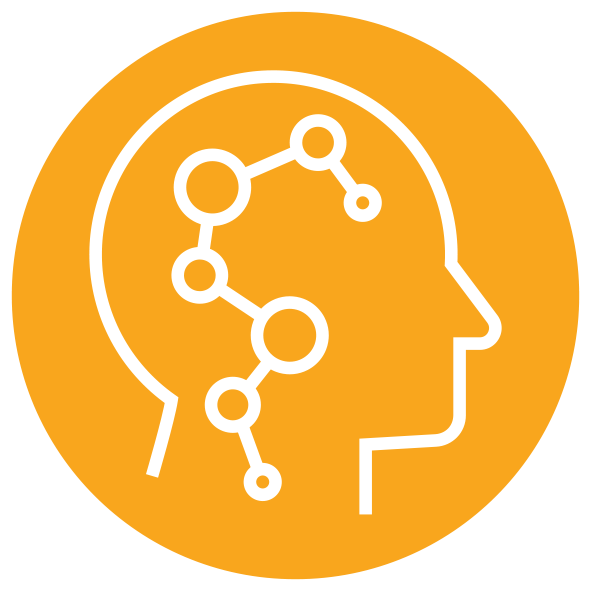Submitted by Gunnar De Winter
on November 29, 2015
QUANTUM SHORTS 2015: SHORTLISTED, OPEN CATEGORY
Left.
Alley.
Dead end.
Fire escape.
Climb.
Hallway.
Door left.
Locked.
Next door. Locked.
Next. Open. Enter.
She paused for a moment.
Breathe, Lisa, breathe.
Footsteps echoed.
They’re closing in.
No windows. Only one door. Lisa doubled back. She saw the boots emerge from the nearest corner. She jumped back into the room and locked the door. A second later, her pursuers banged on the wooden frame.
She had no choice now. The accident had made her … unique. She could transit at will. But the gift had come with a price. Hunger. Desire.
She closed her eyes. And opened the black hole inside her head.
The quantum superposition that was her consciousness spread its tendrils across the multiverse. Sampling… tasting… choosing.
The jumps were never far. Her new home would be almost identical to this one, which in turn was almost exactly like the one before that. The sequence went on.
For too long.
The strands of probability binding potential universes together quivered. A choice had been made.
The door flew off its hinges. A suited man stepped inside and stared down at the lifeless body.
He didn’t have to check her pulse. He knew what had happened.
“Damn,” he muttered. “Too late.”
He turned towards the squad of armoured guards. “Back to base, chaps. I need to send a message.”
#
A body was usurped. A consciousness suppressed.
Lisa opened her eyes. Her new eyes.
“Ma’am?”
A new home. A new universe.
“Ma’am?” She snapped out of it. Through trial and error she had learned the necessity of rapid adaptation.
She focused her attention on the tall man standing in front of her. “Yes?,” she said in what she hoped was an authoritative tone.
The gangly man, who looked uneasy in his black body armour, frowned. “What shall we do about this situation?”
She did her best to look thoughtful, nodding gravely. “Hmm, would you mind summarizing our predicament once again?”
He hesitated slightly. “Of course. The QBI has contacted us and warned us that one of their targets has emerged in our … world. Or universe? I don’t know how to put it, really. Anyway, they are going to send in their agents to pursue this…” He looked at the small screen attached to his wrist. “… Lisa Ekafor.”
Lisa nodded again. Slowly, trying to look in control. Internally, though, she was in turmoil. One of their targets? There are others?
Another thought wriggled its way into her awareness. They know who I am? “Well,” she said eventually, “we’re not going to let those QBI macho’s dictate our course of action.”
A twinkle of amusement shone in the man’s eyes. Phew. Good guess.
“Let’s send them a message of our own, telling them that we’re equipped to deal with this situation and that their interference would only impede the investigation.”
“You think they’ll accept that?” And another lucky guess. They can send messages back.
“Won’t know until we try.”
And it will at least buy me some time.
She waved her hand. “Lead the way.”
He inclined his head and turned around.
She followed him through brightly lit corridors. No windows. Must be underground.
She shook her head and stifled a smile. Intelligence agencies. All the same, even when they’re universes apart.
She studied her hands. Middle-aged, but her body felt strong, healthy. She might just be able to make this work.
What are the odds? I re-emerge as the person who leads the chase for… well, for me.
She thought of all her previous troubles and deaths. Finally, some luck. Which is a useless concept in the multiverse, really.
She stumbled. She jerked her head up towards the man in front of her. He hadn’t noticed. The hunger had arrived. Transiting always took its toll. The slumbering quantum wormhole in her head demanded its price.
She looked around. Camera’s. But experience had taught her to quickly determine blind spots.
There.
She picked up the pace, closing in on her guide.
The quantum fluctuations on which his consciousness, his self, were based taunted her. Seduced her.
She couldn’t resist. She had to nourish her gift.
One smooth, hard punch in the back of his neck rendered the man unconscious.
She sat down and cradled his head.
“Don’t worry,” she whispered. “Life. Death. Success. Failure.” She shrugged. “Doesn’t matter. Everything that can happen, will happen.”
In an infinite multiverse, all probabilities are one.
###
About the Author
Gunnar De Winter is a biologist who occasionally performs fieldwork in fictional lands.



